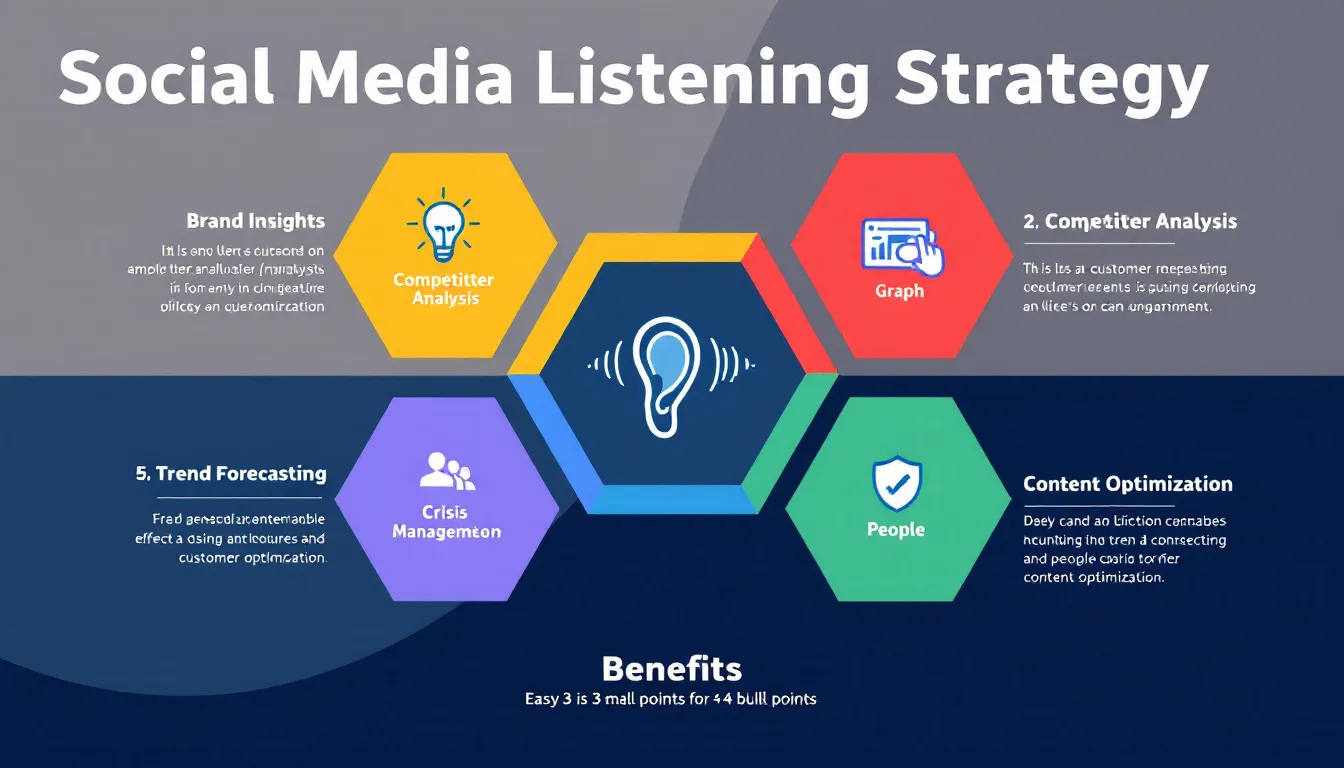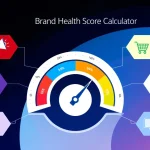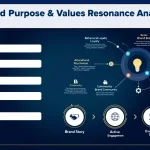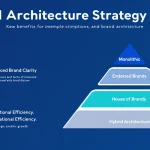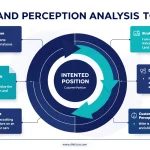Social Media Listening Strategy Generator
Is this tool helpful?
How to use the tool
Fill the six fields, press “Generate Social Media Listening Strategy”, and paste the output into your workflow software.
- Brand Name: Type your company’s name. Examples: EcoWave Apparel, FinTech Flow.
- Industry or Sector: Enter your market space, e.g. Sustainable Fashion, Financial Technology.
- Main Products or Services: Describe core offers such as biodegradable sneakers or P2P payment API.
- Target Audience: State your primary customers, for example urban eco-shoppers or Gen Z investors.
- Key Competitors (optional): List rivals like GreenStride, PayLite.
- Social Platforms (optional): Specify channels—Instagram, TikTok or Reddit, LinkedIn.
After generation you can:
- Copy a structured plan (objectives, metrics, hashtags, response playbooks).
- Share it with marketing, customer care, and product teams for coordinated action.
- Re-run the form any time your campaign goals change.
Quick-Facts
- 85 % of firms leverage social data for business decisions (Sprout Social Index 2023).
- Average Twitter user expects a reply within 60 minutes (Statista, 2022, statista.com).
- Negative posts escalate into crises in ~4 hours without monitoring (“Forrester Wave Social Listening”, 2022).
- Instagram hosts 70 % of brand-to-consumer conversations in fashion (Hootsuite Blog, 2023).
FAQ
What is social media listening?
Social media listening tracks and analyses online mentions of your brand, competitors and keywords to surface trends, sentiments and opportunities (Gartner Glossary, 2023).
How does the generator build my strategy?
The back-end API matches your inputs with a database of platform best practices, benchmark KPIs and industry hashtags, then outputs an ordered action plan (OpenAI Dev Docs, 2023).
Which metrics should I watch first?
Start with volume of mentions, sentiment polarity, response time and share of voice; these predict campaign impact and reputation health (Sprout Social Index 2023).
How often should I revisit the plan?
Update quarterly or after major product launches to keep keyword lists and crisis triggers current (HubSpot Social Report 2022).
Can small businesses benefit?
Yes. Brands with <50 employees saw a 29 % conversion lift after structured listening, according to “SMB Digital Trends 2023” (Deloitte, 2023).
Which tools integrate with the output?
You can paste the plan into Hootsuite Streams, Sprout Social Smart Inbox or free Google Sheets trackers for execution (Hootsuite Help Center, 2023).
What’s a good sentiment target?
A net positive sentiment above +25 points correlates with higher customer loyalty in 70 % of industries (Forrester CX Index 2022).
Why include competitors?
“Knowing rival share of voice reveals white-space opportunities,” notes Forrester’s Social Listening Guide (2022). Competitive tracking uncovers unmet needs your brand can address.
Important Disclaimer
The calculations, results, and content provided by our tools are not guaranteed to be accurate, complete, or reliable. Users are responsible for verifying and interpreting the results. Our content and tools may contain errors, biases, or inconsistencies. Do not enter personal data, sensitive information, or personally identifiable information in our web forms or tools. Such data entry violates our terms of service and may result in unauthorized disclosure to third parties. We reserve the right to save inputs and outputs from our tools for the purposes of error debugging, bias identification, and performance improvement. External companies providing AI models used in our tools may also save and process data in accordance with their own policies. By using our tools, you consent to this data collection and processing. We reserve the right to limit the usage of our tools based on current usability factors.
